Filter by

Excavations at Portchester Castle Vol. V: Post Medieval 1609–1819
In the fifth and final report on the excavations at Portchester Castle, the last stage of the castle’s useful life is considered in full. The excavations undertaken between 1961 and 1979 brough to light structural evidence of the various buildings erected during the period 1609–1819, together with a large collection of varied artefacts. This evidence is presented against the backgrounds of …
- Edition
- -
- ISBN/ISSN
- 9780854312641
- Collation
- -
- Series Title
- -
- Call Number
- -

Inner Asia and the Spatial Politics of Empire Archaeology, Mobility, and Cul…
This monograph uses the latest archaeological results from Mongolia and the surrounding areas of Inner Asia to propose a novel understanding of nomadic statehood, political economy, and the nature of interaction with ancient China. In contrast to the common view of the Eurasian steppe as a dependent periphery of Old World centers, this work views Inner Asia as a locus of enormous influence on n…
- Edition
- -
- ISBN/ISSN
- -
- Collation
- XI, 321
- Series Title
- -
- Call Number
- -
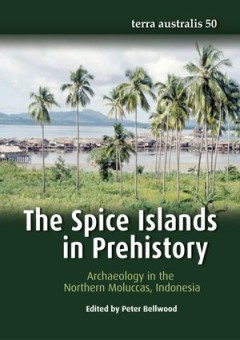
The Spice Islands in Prehistory: Archaeology in the Northern Moluccas, Indonesia
This monograph reports the results of archaeological investigations undertaken in the Northern Moluccas Islands (the Indonesian Province of Maluku Utara) by Indonesian, New Zealand and Australian archaeologists between 1989 and 1996. Excavations were undertaken in caves and open sites on four islands (Halmahera, Morotai, Kayoa and Gebe). The cultural sequence spans the past 35,000 years, commen…
- Edition
- -
- ISBN/ISSN
- 9781760462901
- Collation
- -
- Series Title
- -
- Call Number
- 930.1 SPI s
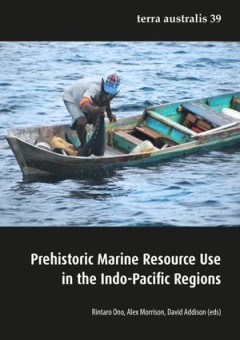
Prehistoric Marine Resource Use in the Indo-Pacific Regions
Although historic sources provide information on recent centuries, archaeology can contribute longer term understandings of pre-industrial marine exploitation in the Indo-Pacific region, providing valuable baseline data for evaluating contemporary ecological trends. This volume contains eleven papers which constitute a diverse but coherent collection on past and present marine resource use in t…
- Edition
- -
- ISBN/ISSN
- 9781925021264
- Collation
- -
- Series Title
- -
- Call Number
- 930.1 PRE p
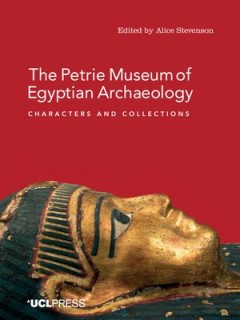
The Petrie Museum of Egyptian Archaeology: Characters and Collections
The Petrie Museum of Egyptian Archaeology first opened its doors in 1915, and since then has attracted visitors from all over the world as well as providing valuable teaching resources. Named after its founder, the pioneering archaeologist Flinders Petrie, the Museum holds more than 80,000 objects and is one of the largest and finest collections of Egyptian and Sudanese archaeology in the worl…
- Edition
- -
- ISBN/ISSN
- 9781910634042
- Collation
- -
- Series Title
- -
- Call Number
- 930 STE p
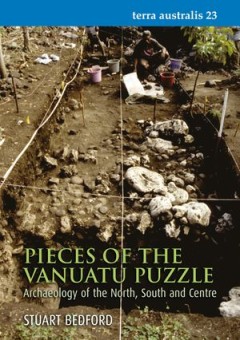
Pieces of the Vanuatu Puzzle: Archaeology of the North, South and Centre
Pieces of the Vanuatu Puzzle presents the results of the most intensive and widespread archaeological investigations in Vanuatu for more than 30 years. For the first time the results of extensive excavations carried out on three islands in the archipelago are published. The sites span from the period of initial Lapita settlement through to later cultural transformations. The research has brough…
- Edition
- -
- ISBN/ISSN
- 9781921313035
- Collation
- -
- Series Title
- -
- Call Number
- 930.1 BED p
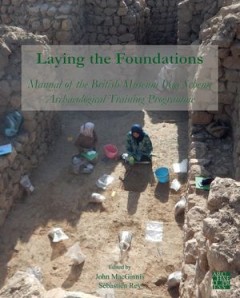
Laying the Foundations : Manual of the British Museum Iraq Scheme Archaeolog…
Laying the Foundations, which developed out of the British Museum’s ‘Iraq Scheme’ archaeological training programme, covers the core components for putting together and running an archaeological field programme. The focus is on practicality. Individual chapters address background research, the use of remote sensing, approaches to surface collection, excavation methodologies, survey with t…
- Edition
- -
- ISBN/ISSN
- 978-1-80327-141-5
- Collation
- -
- Series Title
- -
- Call Number
- 930.1 LAY
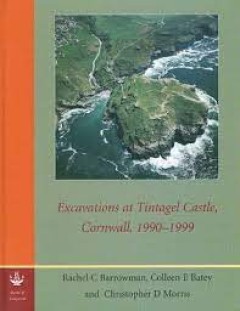
Excavations at Tintagel Castle, Cornwall, 1990-1999
Romantic rock-perched sea-girt Tintagel is a magical place that resonates with Arthurian associations - and the archaeological reality is no less intriguing than the legend. Investigation of the site began in the 1930s, when Dr Ralegh Radford uncovered remains of buildings with significant volumes of eastern Mediterranean and North African pottery of fifth- to seventh-century date, suggesting a…
- Edition
- -
- ISBN/ISSN
- 9780854312863
- Collation
- -
- Series Title
- -
- Call Number
- -
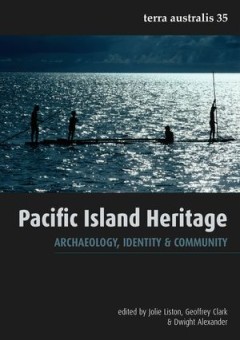
Pacific Island Heritage: Archaeology, Identity & Community
This volume emerges from a ground-breaking conference held in the Republic of Palau on cultural heritage in the Pacific. It includes bold investigations of the role of cultural heritage in identity-making, and the ways in which community engagement informs heritage management practices. This is the first broad and detailed investigation of the unique and irreplaceable cultural heritage of the P…
- Edition
- -
- ISBN/ISSN
- 9781921862489
- Collation
- -
- Series Title
- -
- Call Number
- 930.1 PAC p
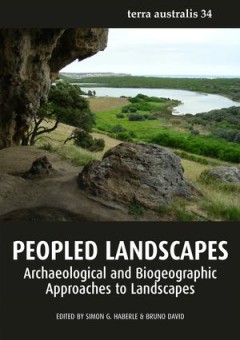
Peopled Landscapes: Archaeological and Biogeographic Approaches to Landscapes
This impressive collection celebrates the work of Peter Kershaw, a key figure in the field of Australian palaeoenvironmental reconstruction. Over almost half a century his research helped reconceptualize ecology in Australia, creating a detailed understanding of environmental change in the Late Pleistocene and Holocene. Within a biogeographic framework one of his exceptional contributions was t…
- Edition
- -
- ISBN/ISSN
- 9781921862724
- Collation
- -
- Series Title
- -
- Call Number
- 930.1 HAB p
 Computer Science, Information & General Works
Computer Science, Information & General Works  Philosophy & Psychology
Philosophy & Psychology  Religion
Religion  Social Sciences
Social Sciences  Language
Language  Pure Science
Pure Science  Applied Sciences
Applied Sciences  Art & Recreation
Art & Recreation  Literature
Literature  History & Geography
History & Geography